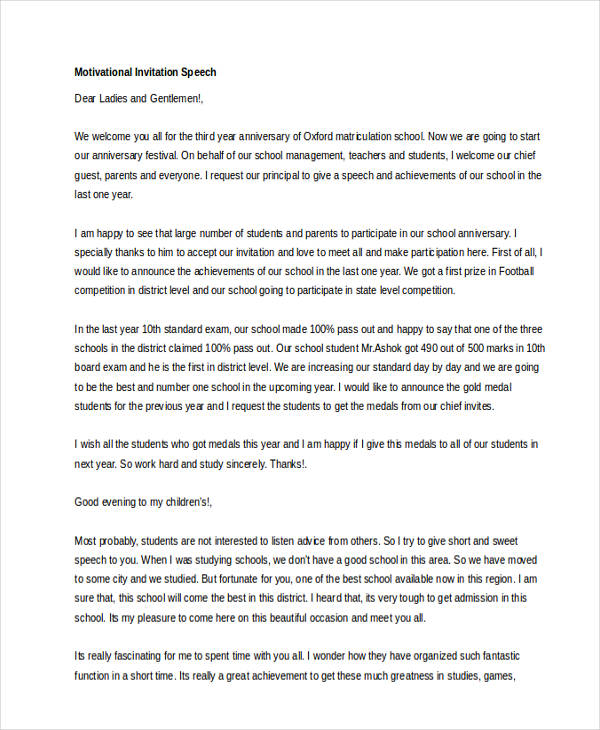

This can help the writer get a point across or exaggerate a point that they want to make. The repetition of a phrase or imagine will help to extend that particular thought or image beyond its original meaning. In any type of poetry, repetition is a simple, yet powerful poetic device.


A good spoken word poetry is just like reading a good book. If you spoken poetry is strong and rich with imagery, your audience will be able to feel, smell, and taste along with your poem. Spoken word poetry should incorporate certain words and phrases that can create vivid images, sounds, actions, and other feelings and sensations in your readers. Before you perform in front of anyone, or a live audience, remember to rehearse your poem several times until you begin to feel more comfortable doing so. You can mind your own performance style by practicing different wants that you feel comfortable expressing yourself.

When you perform your poem, it is important to do so in your own individual manner and style. Step 6: Since the point of spoken word poetry is to perform your poem, the final step of writing a spoken word poem is performing it.
#SPOKEN WORD WRITER OUTLINE HOW TO#
You can decide to pick and choose from other poets what will work best when it comes to your performance.įor tips on how to speak in public without fear, enroll in this course for public speaking the fearless way. Pay attention to the gestures their hand movements and gestures while performing. Observe how they perform their poems and what they use to grab the attention of their audience. Step 5: There are plenty of other spoken word poets that you can easily watch online. Take into consideration what others have to say about your poem, but keep in mind that you always have the final say in your writing. Remember that the length of your poem is up to you, but spoken word poems tend to be longer than other types of poetry. Proofread it yourself or ask any friends or family to edit your poem for you. Step 4: When you are finished with your poem, it is important to edit. For this reason, there are no rules regarding the number of beats in spoken word poetry. Your audience will not see your poem –they will hear it. For instance, you can incorporate commas, brackets, or dashes into your poem.
#SPOKEN WORD WRITER OUTLINE FREE#
Spoken word poetry is very free flowing, and you can use any and all different types of punctuation to get your point across. Step 3: Go ahead and start writing your poem. When you are finished, look through your words and choose the one that you feel best explains your topic of interest. Get out a piece of scratch paper and write down the initial words that come to mind when you think about your topic. Step 2: Once you have chosen your topic, take some time to think about the subject that you have selected. Remember that you are going to have to incorporate a good deal of passion and feeling into reading a spoken word poem. As with anything that you write, make sure that you have a strong and expressive opinion about the topic that you choose. Get a complete guide to interpreting the poetry of the Romantic Era here. If you want to convey your opinions and thoughts through a performance, let’s take a look at some famous spoken word poems, as well as how you can write a spoken word poem yourself. As more of an oral language is being used, expressions and emotions are portrayed differently. When you hear spoken poetry being performed, you will notice that there are many differences when compared to other types of poetry. Spoken word poetry is a form of poetry where the author will present their poem to an audience, or out load, using narration. Telling a story with words is fun, but being able to tell a story with a poem is even more challenging, imaginative, and entertaining for an audience.


 0 kommentar(er)
0 kommentar(er)
